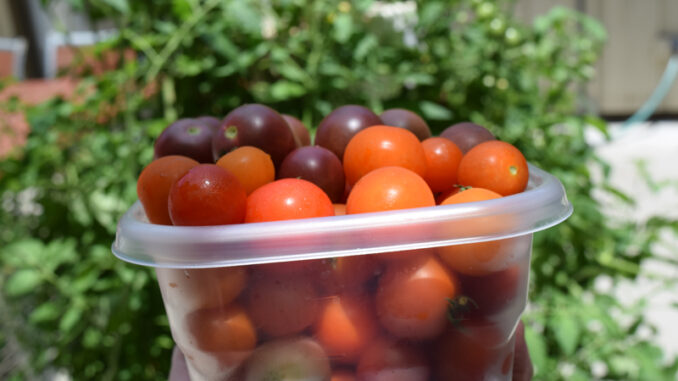
Basic Systems
There are six basic types of hydroponic systems that are out there with hundreds of variations: Wick, Drip System, Ebb and Flow, Nutrient Film Technique (NFT), Deep Water Culture (DWC) and Aeroponic. This is a quick overview of the existing basic systems in which I have included an emerging technique – Microgreens. While not necessarily considered purely hydroponic – the emergence of inert growing material moves microgreens into the hydroponic space. I know this is debatable; but, let’s not get to hung up on this topic.
In a subsequent chapter, I’ll share both my experiences and others’ experiences with DIY systems. As more and more adventurers discover the benefits of growing their own, hydroponics as it is evolving. I welcome your comments and suggestions to add additional information to this body of work.
Wick System
A wick system is the simplest of the six – it is a passive system (no electricity no moving parts). The nutrient solution is drawn into the growing medium from the reservoir with a wick. These systems work well for small houseplants or herbs since these plants do not usually draw a lot of water to grow well. Actual grow medium can vary, more commonly perlite, vermiculite, or coco coir is used.
 Drip System
Drip System
In a drip system the plant simply hangs above the water/nutrient reservoir with the roots hanging down into the reservoir. Water (nutrient solution) is pumped up from the reservoir through tubing to the top of the growing media (where the plant’s roots are), from where it drips out of the tubing onto the growing media onto the soil surface above the soil or directly to the root zone. The nutrient solution drains down soaking both the roots and growing media all the way to the bottom of the container. From there the nutrient solution flows through openings and allowing the nutrient solution to return to the reservoir (circulating) or to run off (non-circulating).
Ebb and Flow (Also Called Flood and Drain)
In this system plants are placed in large grow beds, which is flooded with nutrient solution until it reaches a certain point. After running for a predetermined time, a timer shuts off the pump and the nutrient solution is allowed to run back into the reservoir, draining the bed completely.
Nutrient Film Technique (NFT)
NFT is where a very shallow stream of nutrient water is recirculated past the plant roots in a watertight channel. This a simple system to set up and is highly scalable for commercial growers.
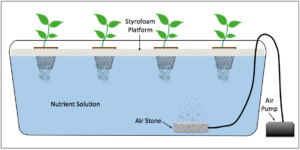 Deep Water Culture (DWC)
Deep Water Culture (DWC)
DWC is a floating system. Plant roots are suspended in the nutrient solution and the air is provided by a pump to a diffuser or air stone. Since the plant roots are actually in the solution and are provided with unlimited growth. The plants usually grow extremely well. This technique is well suited for larger plants with big root systems. Tomatoes is a favorite plant to grow using this system.
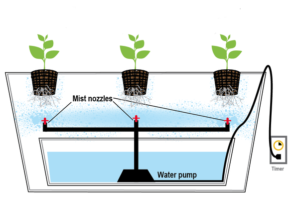
Aeroponics
Aeroponics is not the easiest method to use but is simple to understand. Plants are suspended in the air above the nutrient reservoir, with the nutrient solution being sprayed (misted) directly over the roots. Some advantages of using an aeroponic system are that they typically use little to no growing media. The roots get maximum oxygen, and the plants grow more rapidly as a result. Aeroponic systems also generally use less water than any other type of hydroponic system (especially true aeroponic systems). Also, harvesting is usually easier, especially for root crops. The downside is that these systems are more expensive to build, and misters can clog.
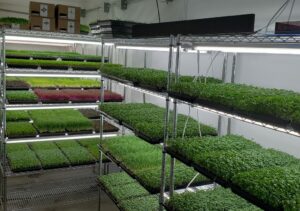
Microgreens
While not normally classified as a hydroponic, with the advent of inert growing such as hemp, wood, and coconut coir growing mat, microgreens are emerging as an element of the hydroponic range of growing. Microgreens are simply “baby plants” or sprouts young vegetables grown to approximately 1 – 3 inches tall. They are flavorful nutrient-rich content, that can come in a variety of colors. Usually grown in well-drained trays in a rack system – they can be very profitable. Requiring a very small space as compared to traditional farming, selling for $20 – $50 per pound (US), microgreens can be a very profitable small business enterprise if done correctly.
In Conclusion
As I mentioned at the beginning of this quick summary of the major types of hydroponic systems currently available. As always, I welcome your comments and suggestions for material to add this body of work to make it truly a complete guide to hydroponic growing. Have questions about nutrients, lights, the right pH or just how do I build my own? Check out our Hydroponics 101 – A Guide to Hydroponics
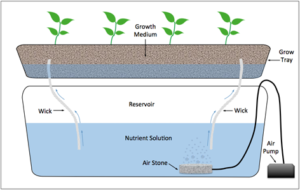
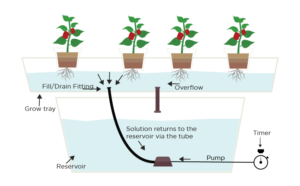
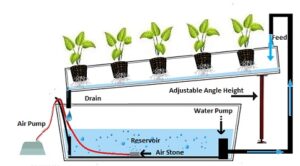
Leave a Reply